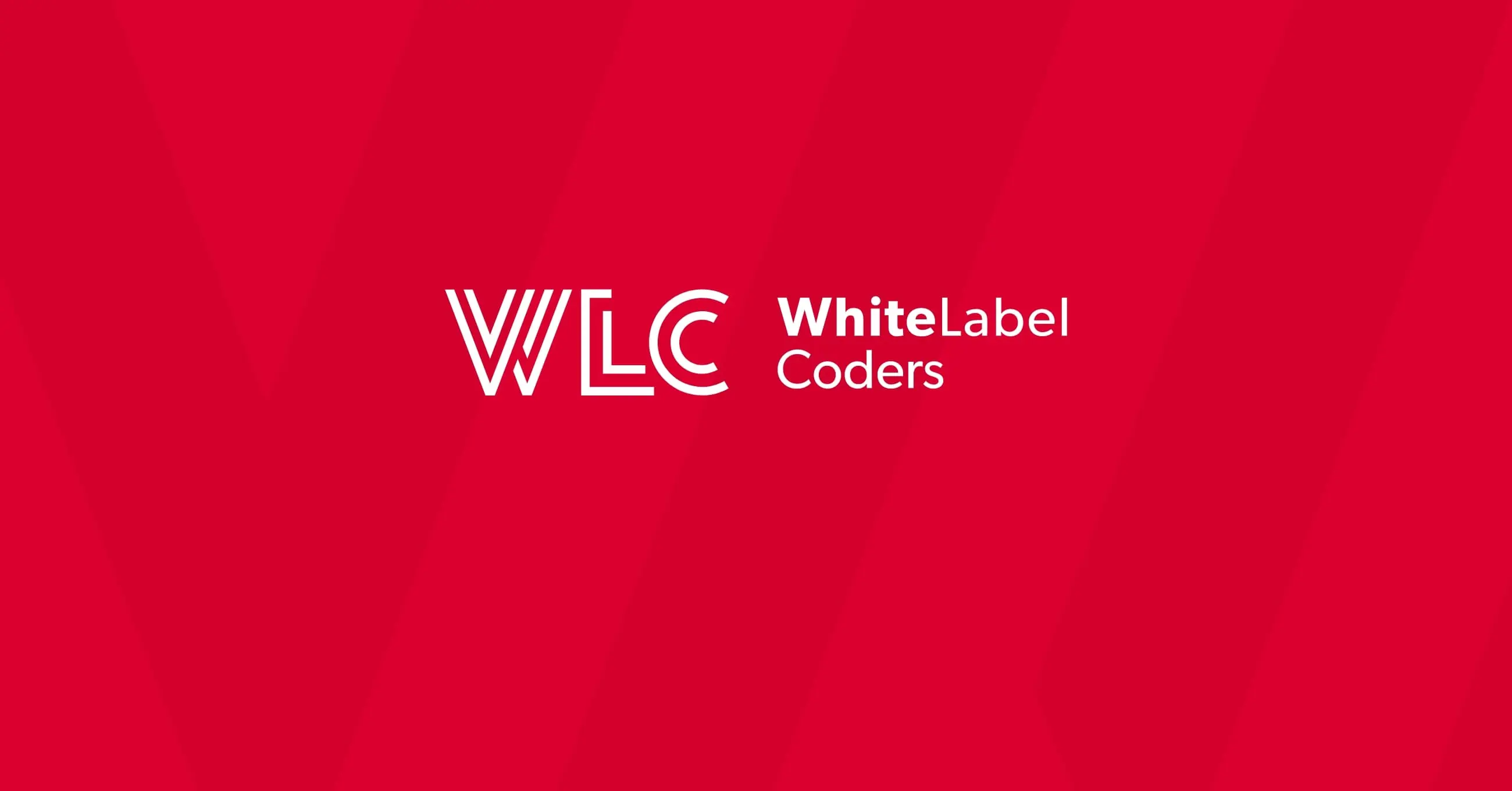Category: WooCommerce
Is it hard to use WooCommerce?

Is it hard to use WooCommerce?
The accessibility of WooCommerce varies significantly based on your experience level and project requirements. For WordPress veterans, navigating the WooCommerce interface feels like a natural extension of skills they already possess. The platform builds upon familiar WordPress concepts, making it relatively straightforward for those who’ve already managed WordPress websites.
For complete beginners, however, there’s undeniably a learning curve. The platform requires understanding both WordPress fundamentals and e-commerce concepts. That said, the barrier to entry isn’t prohibitively high compared to other e-commerce solutions.
Project complexity also significantly impacts the difficulty level. Setting up a simple store with a handful of physical products is considerably easier than creating a marketplace with thousands of items, custom shipping rules, and multiple payment gateways. The platform scales well, but greater complexity inevitably requires deeper technical knowledge.
Time investment is another crucial factor. With appropriate resources and tutorials, most users can grasp basic operations within days, though mastering advanced customizations may take weeks or months of dedicated learning.
What skills do you need to use WooCommerce effectively?
Successful WooCommerce management requires a blend of technical and business skills. While you don’t need to be a developer to use the platform effectively, certain foundational knowledge areas will significantly smooth your journey.
WordPress fundamentals should top your learning list. Understanding how to navigate the WordPress dashboard, manage pages and posts, and work with themes and plugins provides the necessary foundation for WooCommerce operations. Without this base knowledge, you’ll likely struggle with even basic store management.
E-commerce principles come next. Familiarity with concepts like product categorization, inventory management, payment processing, and shipping options will help you make informed decisions when configuring your store. This business knowledge is as important as technical skills.
Some basic technical aptitude is beneficial, even if you’re not writing code. Being comfortable with concepts like URLs, hosting, SSL certificates, and file management will help you troubleshoot common issues. The ability to follow technical documentation is particularly valuable.
Finally, design sensibility plays an important role. While WooCommerce themes provide good starting points, understanding basic design principles helps create a professional, user-friendly store that converts visitors into customers.
How long does it take to learn WooCommerce?
The WooCommerce learning journey follows a fairly predictable timeline for most users, though individual progress varies based on technical aptitude and available time.
For basic proficiency, expect to invest approximately 2-4 weeks to become comfortable with the essential functions. This initial phase typically involves setting up your store, adding products, configuring payment methods, and establishing shipping options. During this period, you’ll become familiar with the WooCommerce dashboard and its primary settings.
Intermediate skills develop over 1-3 months of regular use. At this stage, you’ll likely explore more advanced features like coupon creation, tax settings, inventory management, and basic reporting. You might also begin experimenting with extensions to add functionality beyond the core offering.
Advanced mastery generally requires 3-6 months of dedicated work with the platform. This includes understanding complex configurations, managing store performance, implementing advanced marketing strategies, and possibly learning enough about customization to make minor code adjustments when needed.
The learning process is cumulative, with each skill building upon previous knowledge. Most store owners find they continue learning new aspects of the platform even after years of experience, particularly as WooCommerce regularly updates with new features and capabilities.
Is WooCommerce easier than Shopify?
The ease-of-use comparison between WooCommerce and Shopify reveals significant differences in their approaches to e-commerce. Shopify generally offers a more streamlined initial experience, with guided setup processes and an all-in-one solution that includes hosting, security, and updates. This makes Shopify typically easier for absolute beginners with no technical background.
WooCommerce, by contrast, offers greater flexibility but requires more configuration. As part of the WordPress ecosystem, it assumes some familiarity with managing a website. The initial setup involves more decisions about hosting, themes, and plugins, creating a steeper learning curve for newcomers.
Control and customization represent the major tradeoff. WooCommerce provides significantly more control over every aspect of your store, allowing for extensive customization without hitting platform limitations. As noted in comparisons between these platforms, “Shopify is a closed source platform which can be customized only in a limited number of ways,” while WooCommerce offers “unlimited personalization.”
Long-term ownership costs also differ substantially. Shopify charges monthly subscription fees plus transaction fees on each sale (unless using Shopify Payments). WooCommerce has no inherent transaction fees beyond what payment processors charge, though you’ll need to pay separately for hosting, security, and premium extensions as needed.
For growing businesses, WooCommerce often becomes more economical and adaptable as sales volume increases, while Shopify costs can scale up significantly with success—what some might call a “success tax.” For a comprehensive analysis, check out whether WooCommerce is better than Shopify for your specific business needs.
What are the most common WooCommerce challenges for beginners?
New WooCommerce users typically encounter several common hurdles when starting their e-commerce journey. Understanding these challenges in advance can help you navigate them more effectively.
Configuration complexity often tops the list of difficulties. WooCommerce offers extensive settings for products, shipping, taxes, payments, and more. This flexibility is powerful but can overwhelm beginners who must make numerous decisions about store setup. Many find themselves unsure about which settings are critical versus optional.
Theme and design limitations present another challenge. While WooCommerce works with most WordPress themes, not all themes are optimized for e-commerce functionality. Users may discover that their chosen theme doesn’t display products attractively or lacks important shop features, necessitating either theme changes or custom development.
Extension management frequently causes confusion. With thousands of plugins available, determining which ones are necessary, which integrate well together, and which might conflict can be daunting. Plugin incompatibilities can lead to unexpected store behavior or even site crashes.
Performance issues often arise as stores grow. Without proper optimization, WooCommerce stores can become slow, especially when handling numerous products, images, and concurrent users. Beginners rarely anticipate these scaling challenges until they’re already experiencing problems.
Tax and shipping configuration represents a particularly complex area. Setting up accurate tax rates for different jurisdictions and creating sensible shipping zones and methods requires careful attention to detail and understanding of both technical setup and business requirements.
Do I need a developer to set up WooCommerce?
Whether you need professional development assistance for your WooCommerce store depends largely on your specific requirements, technical comfort level, and time constraints.
For basic stores with standard functionality, many business owners successfully implement WooCommerce independently. The core platform and popular extensions offer guided setup processes that non-technical users can follow. If you’re launching a simple store with a handful of products, standard payment options, and straightforward shipping, you can likely manage the setup yourself with the help of online tutorials.
However, developer expertise becomes valuable in several common scenarios. When your store requires custom functionality beyond what plugins provide, professional development ensures proper implementation without compromising site performance. Similarly, if you need seamless integration with external systems like ERPs, CRMs, or accounting software, developer assistance can prevent costly mistakes.
Design customization often necessitates development help. While themes provide a starting point, achieving a unique, brand-aligned look typically requires custom CSS and possibly PHP modifications that exceed most non-developers’ skills.
Time constraints represent another practical consideration. Professional developers can implement in days what might take weeks for someone learning as they go. For businesses where time-to-market is critical, this efficiency can justify the investment.
Many store owners find a hybrid approach most effective: handling day-to-day management themselves while engaging developers for initial setup, complex customizations, or troubleshooting specific issues.
How can I make WooCommerce easier to use?
Streamlining your WooCommerce experience involves strategic choices about tools, workflows, and assistance to reduce complexity while maintaining functionality.
Start with a quality, e-commerce-focused theme specifically designed for WooCommerce. Purpose-built themes include optimized product layouts, cart functionality, and checkout processes that work seamlessly with the platform. This foundation alone eliminates many common frustrations.
Carefully select essential plugins rather than installing everything that seems interesting. Each additional plugin increases potential conflicts and maintenance requirements. Focus on extensions from reputable developers with strong support records and regular updates. Key utility plugins might include:
- An SEO plugin for product visibility
- A performance optimization plugin
- A backup solution for protection
- A security plugin for hardening your store
Automation tools can significantly reduce manual work. Consider plugins that automate inventory updates, order processing, email follow-ups, and other repetitive tasks. These not only save time but reduce opportunities for human error. Explore the best and useful plugins for WooCommerce to enhance your store functionality.
Documentation habits make ongoing management easier. Create standard operating procedures for common tasks like adding products, processing orders, and handling returns. This proves invaluable for training staff and maintaining consistency as your store grows.
Finally, consider partial assistance options. Rather than hiring full-time development help, many store owners benefit from maintenance plans or as-needed support from WooCommerce specialists who can solve specific problems efficiently.
What are the alternatives if WooCommerce is too difficult?
If you find WooCommerce challenging to use despite your best efforts, several alternative e-commerce platforms offer different balances of simplicity, control, and functionality.
Shopify represents the most prominent alternative, providing an all-in-one solution with significantly less technical overhead. Its guided setup process and included hosting make it more accessible for beginners. The tradeoff comes in higher ongoing costs (including transaction fees) and less flexibility for customization. Shopify works best for standard retail stores with straightforward product offerings.
Squarespace Commerce offers an even simpler approach, with beautiful templates and an intuitive drag-and-drop interface. While more limited in advanced e-commerce features, it provides sufficient functionality for small stores prioritizing aesthetics and ease of use. Like Shopify, it charges monthly fees but includes hosting and security.
BigCommerce balances ease-of-use with robust features, offering more built-in functionality than Shopify without requiring the technical knowledge of WooCommerce. It’s subscription-based but doesn’t charge additional transaction fees, making it cost-effective for higher-volume sellers.
Ecwid takes a different approach, allowing you to add e-commerce functionality to an existing website rather than building a store from scratch. This lightweight solution works well for businesses that need simple selling capabilities integrated into their current site.
When evaluating alternatives, consider not just current needs but future growth. While simpler platforms offer faster setup, they may impose limitations as your business expands. The ideal platform balances immediate usability with long-term flexibility for your specific business model. A thorough review of the pros and cons of WooCommerce can help you make an informed decision.
WooCommerce mastery: Essential insights for success
Achieving success with WooCommerce requires balancing technical implementation with strategic business considerations. The platform offers remarkable potential for those willing to invest appropriate time and resources in mastering it.
Understanding the learning curve is crucial. WooCommerce implementation typically takes 2-4 weeks for basic setup, with full proficiency developing over 3-6 months of consistent use. This investment pays dividends through greater control and lower long-term costs compared to fully-hosted alternatives.
Technical skills matter but aren’t an absolute requirement. While WordPress familiarity significantly eases adoption, even non-technical users can manage successful stores with proper guidance. The key decision involves determining which aspects to handle personally versus where to engage professional assistance.
For business owners eager to launch quickly without technical hurdles, working with experienced WooCommerce specialists proves invaluable. Professional implementation ensures proper configuration from the start, avoiding common pitfalls that can impair store performance and customer experience.
White Label Coders specializes in WooCommerce development, offering comprehensive services from initial setup through advanced customization. Their team understands both the technical requirements and business considerations essential for e-commerce success.
Whether handling implementation yourself or partnering with specialists, remember that WooCommerce represents an investment in your business infrastructure. The platform’s learning curve may be steeper than some alternatives, but it rewards persistence with unmatched flexibility and control. For businesses planning long-term growth, this foundation proves increasingly valuable as your e-commerce operations expand and evolve.

